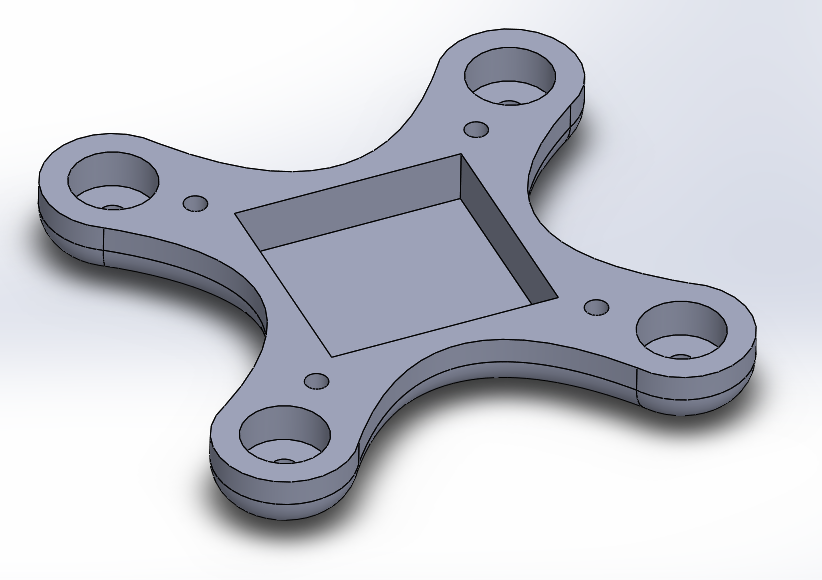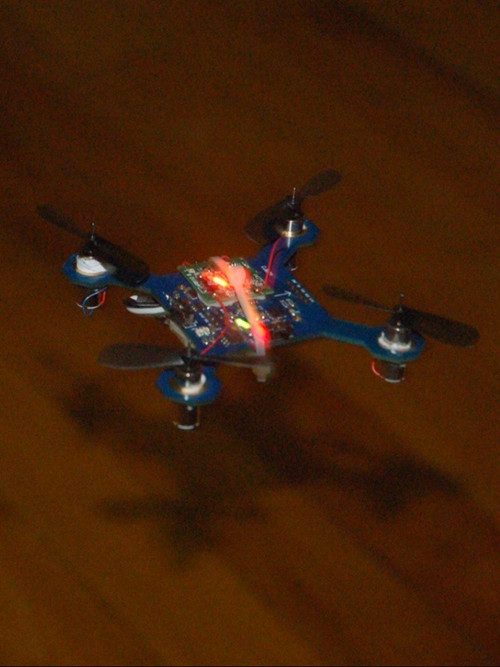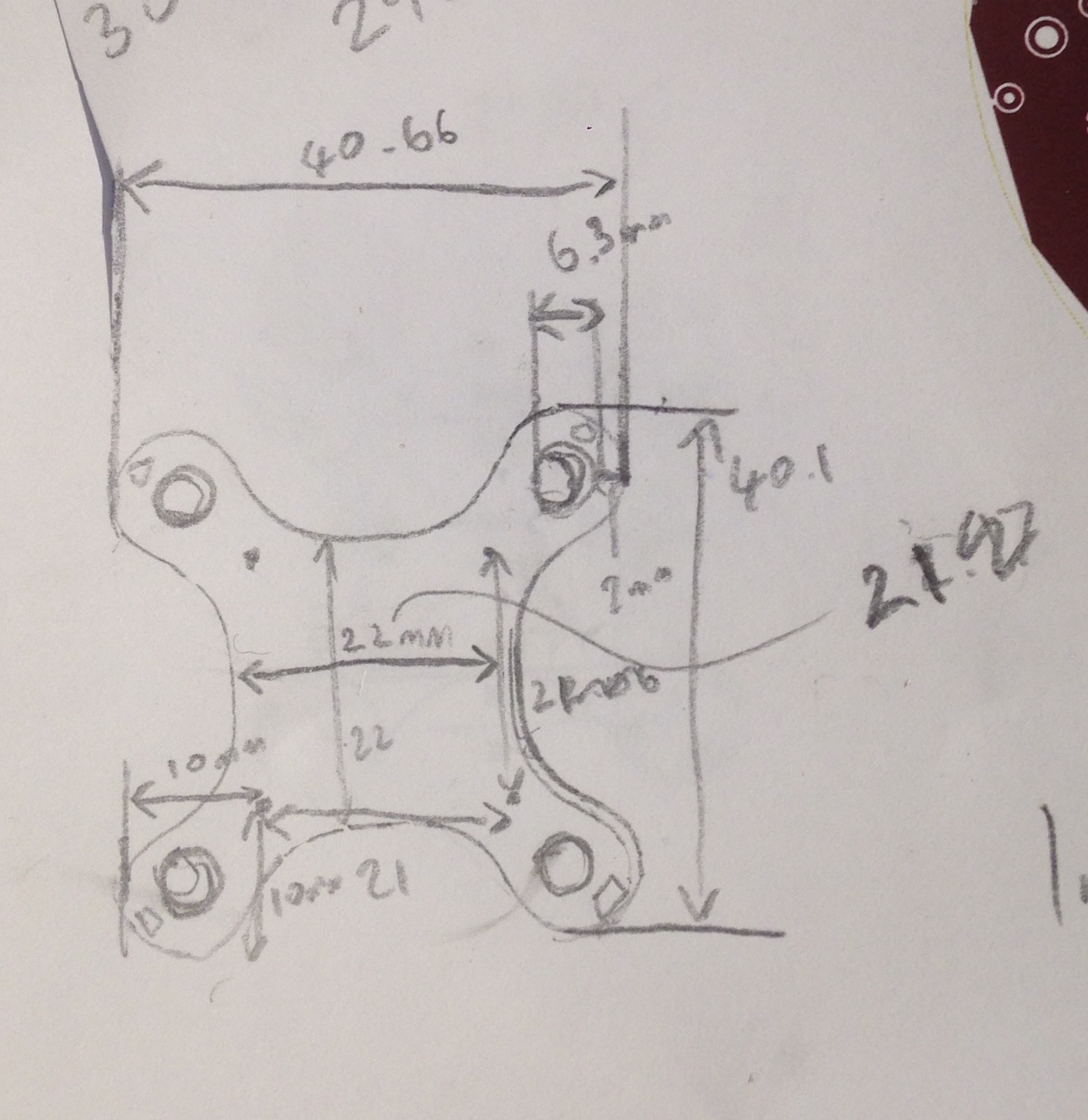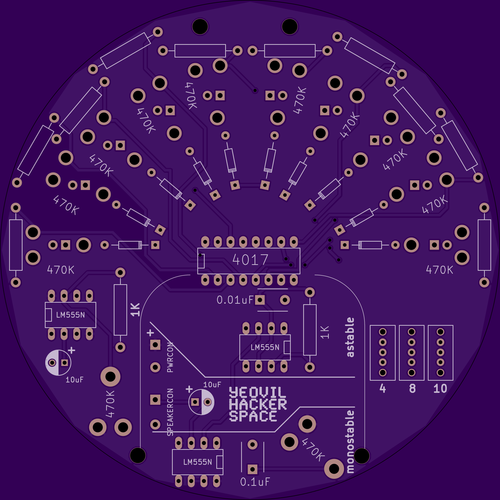
Radio Life
 Radio Life is somewhat unique, I suspect Radio life was originally purely a ham hobbyist magazine. Over the years, and I assume with a decline in ham radio, radio life seems to have morphed into something quite different. While the magazine still has a strong focus on ham gear it also features articles such as the one shown below reviewing meat dumplings (nikuman) sold at convenience stores. Being the geek publication that it is, the magazine uses thermal probes to measure the internal temperature of the meat, as well as weighing the meat content. This is fairly typical of Radio life, and there’s usually a feature on some household or convenience food, examining the item in excruciating depth.
Radio Life is somewhat unique, I suspect Radio life was originally purely a ham hobbyist magazine. Over the years, and I assume with a decline in ham radio, radio life seems to have morphed into something quite different. While the magazine still has a strong focus on ham gear it also features articles such as the one shown below reviewing meat dumplings (nikuman) sold at convenience stores. Being the geek publication that it is, the magazine uses thermal probes to measure the internal temperature of the meat, as well as weighing the meat content. This is fairly typical of Radio life, and there’s usually a feature on some household or convenience food, examining the item in excruciating depth.
Radio Life is also tends towards the greyer side of hacking having featured articles on hacking pay TV, the best chinese anime steaming stes, and reviews of popular porn sites. It’s a bizarre, and unique publication in Japan.


Nikkei Linux

Samba, confusing in any language
For the most part Nikkei Linux is a pretty standard Linux magazine. However it does have a magazine twist, featuring Linux based education Manga like the strips on Samba shown to the right. The girl here is saying “let try our best or configure Samba”… I know that feeling…

Sudo denied!
Interface
 Interface caters mostly for the digital electronics crowd. Compared with many publications it’s pretty hardcore. Featuring embedded systems programming, and digital electronics. The Raspberry Pi has taken Japan by storm (exclusive Raspberry Pi publications are also available), and this months Interface featured the Pi in depth. Previous issues have featured other microcontrollers, including those only generally found in Japan (like the SH3). It’s an interesting magazine, but with a heavy digital focus I find it slightly less exciting than some of the others available.
Interface caters mostly for the digital electronics crowd. Compared with many publications it’s pretty hardcore. Featuring embedded systems programming, and digital electronics. The Raspberry Pi has taken Japan by storm (exclusive Raspberry Pi publications are also available), and this months Interface featured the Pi in depth. Previous issues have featured other microcontrollers, including those only generally found in Japan (like the SH3). It’s an interesting magazine, but with a heavy digital focus I find it slightly less exciting than some of the others available.
Transistor
 Transistor is just awesome. It’s probably my favorite Japanese tech magazine, and makes me wish I was able to read Japanese to the degree that I’d be able to puzzle my way through the articles. In the past Transistor has featured 50 page articles on NiMH battery technology meticulously benchmarking popular newcomers like the Eneloop and discussing recharge circuitry, discharge rates, and capacity. They’ll also delve into subjects such as capacitor chemistry, and techniques for eliminating noise in analogue systems. This months Transistor was a little less interesting to me as it focused on the digital world, specifically FPGAs. The magazine however covered the topic in its characteristic depth, reviewing all the generally available development kits and presenting tutorials to get the user up and running.
Transistor is just awesome. It’s probably my favorite Japanese tech magazine, and makes me wish I was able to read Japanese to the degree that I’d be able to puzzle my way through the articles. In the past Transistor has featured 50 page articles on NiMH battery technology meticulously benchmarking popular newcomers like the Eneloop and discussing recharge circuitry, discharge rates, and capacity. They’ll also delve into subjects such as capacitor chemistry, and techniques for eliminating noise in analogue systems. This months Transistor was a little less interesting to me as it focused on the digital world, specifically FPGAs. The magazine however covered the topic in its characteristic depth, reviewing all the generally available development kits and presenting tutorials to get the user up and running.
Software Design
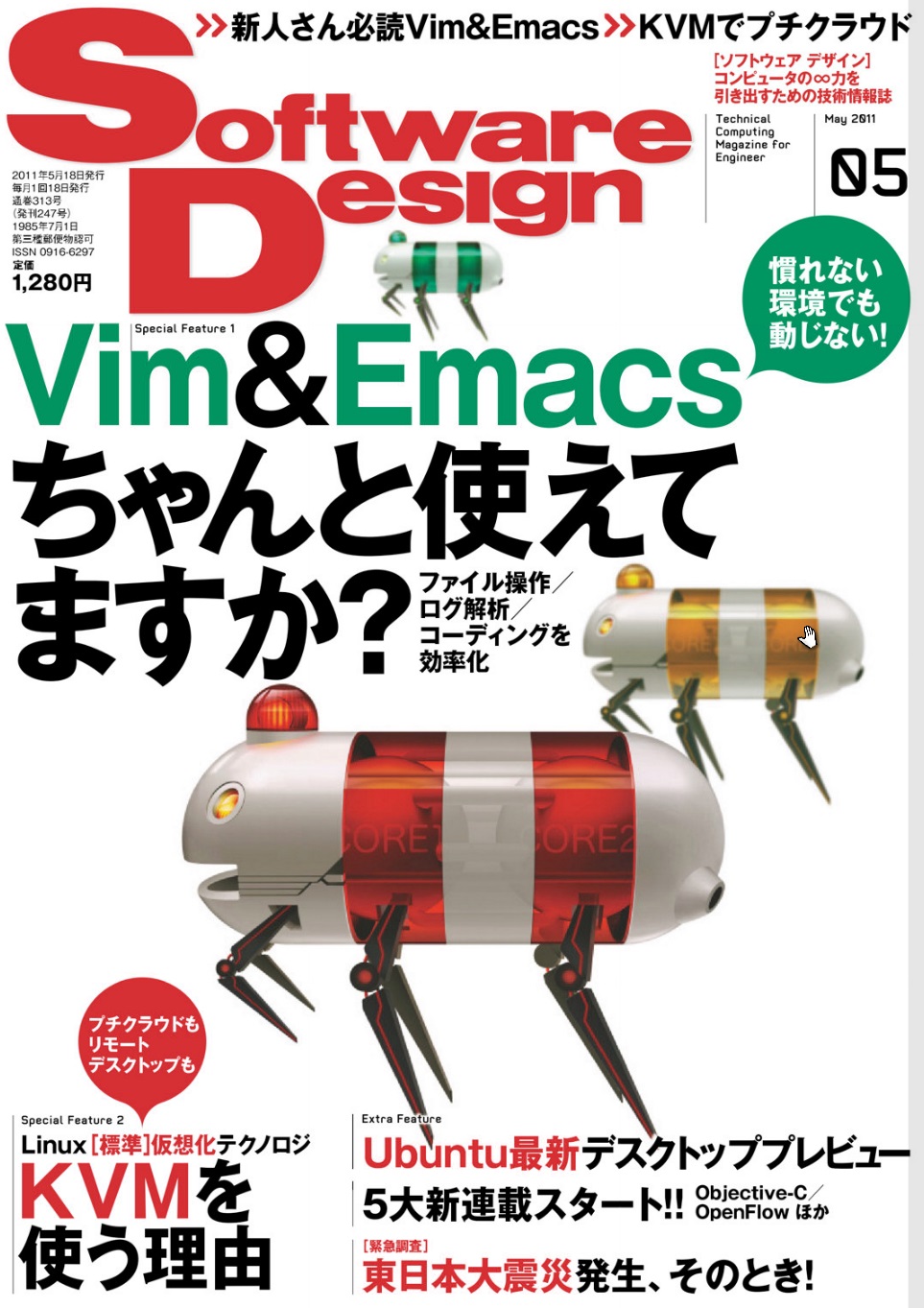 Software Design is the magazine of the software hacker. The magazine has a heavy focus on Linux and DevOps style engineering. The issue shown here obviously re-ignites the editor wars, but it typically isn’t quite so contentious. For the most part Software Design covers recent trends and techniques, presenting detailed tutorials on getting up and running with containers, deployment systems, or new Linux distros. Somewhat ironically I’ve not really found that it covered programming in depth, focusing mostly on what would more commonly be called DevOps.
Software Design is the magazine of the software hacker. The magazine has a heavy focus on Linux and DevOps style engineering. The issue shown here obviously re-ignites the editor wars, but it typically isn’t quite so contentious. For the most part Software Design covers recent trends and techniques, presenting detailed tutorials on getting up and running with containers, deployment systems, or new Linux distros. Somewhat ironically I’ve not really found that it covered programming in depth, focusing mostly on what would more commonly be called DevOps.
Robocon Magazine
 This one was new to me, but I guess a list of Japanese tech magazines wouldn’t be complete without some mention of Robots. These small robots seems to be gaining popularity in Japan with specialist stores popping up in Akihabara. The robot kits cost from 500 to 1000 USD and appear to be pretty awesome. The magazine seems to cover recent events and new develops in the community.
This one was new to me, but I guess a list of Japanese tech magazines wouldn’t be complete without some mention of Robots. These small robots seems to be gaining popularity in Japan with specialist stores popping up in Akihabara. The robot kits cost from 500 to 1000 USD and appear to be pretty awesome. The magazine seems to cover recent events and new develops in the community.
That’s it for this roundup, I’ll try and dig up more of my favorites sometime. One publication I’ve missed is “Hacker Japan”, this covered MIT styling hacking (describing early astronauts as the prototypical hacker) as well as the darker side (like pay TV hacking) and interesting publication, but it appears to be getting rarely recently.
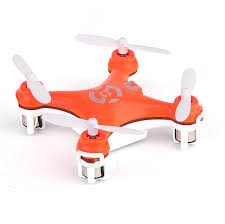 I picked up a CX10 mini quadcopter on eBay. The CX10 is a tiny, 50mm quadcopter that costs around 10GBP (~15USD). Apparently they work reasonably well (but mine came pre-broken which is always handy).
I picked up a CX10 mini quadcopter on eBay. The CX10 is a tiny, 50mm quadcopter that costs around 10GBP (~15USD). Apparently they work reasonably well (but mine came pre-broken which is always handy).